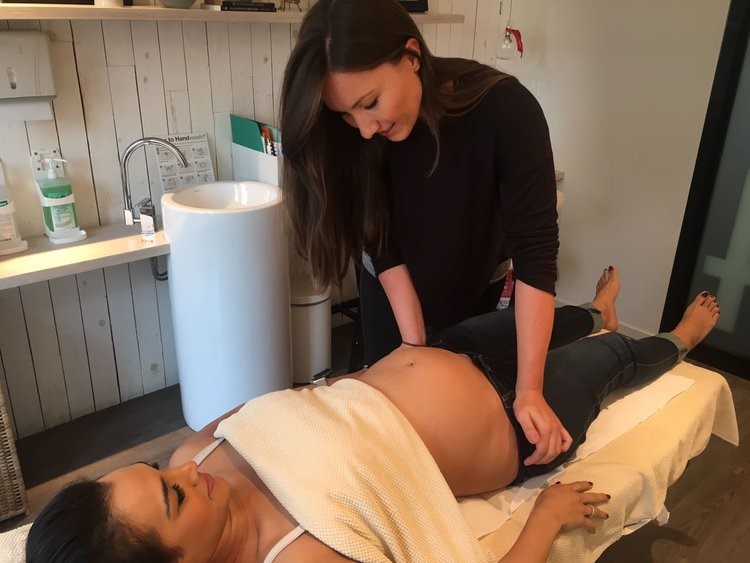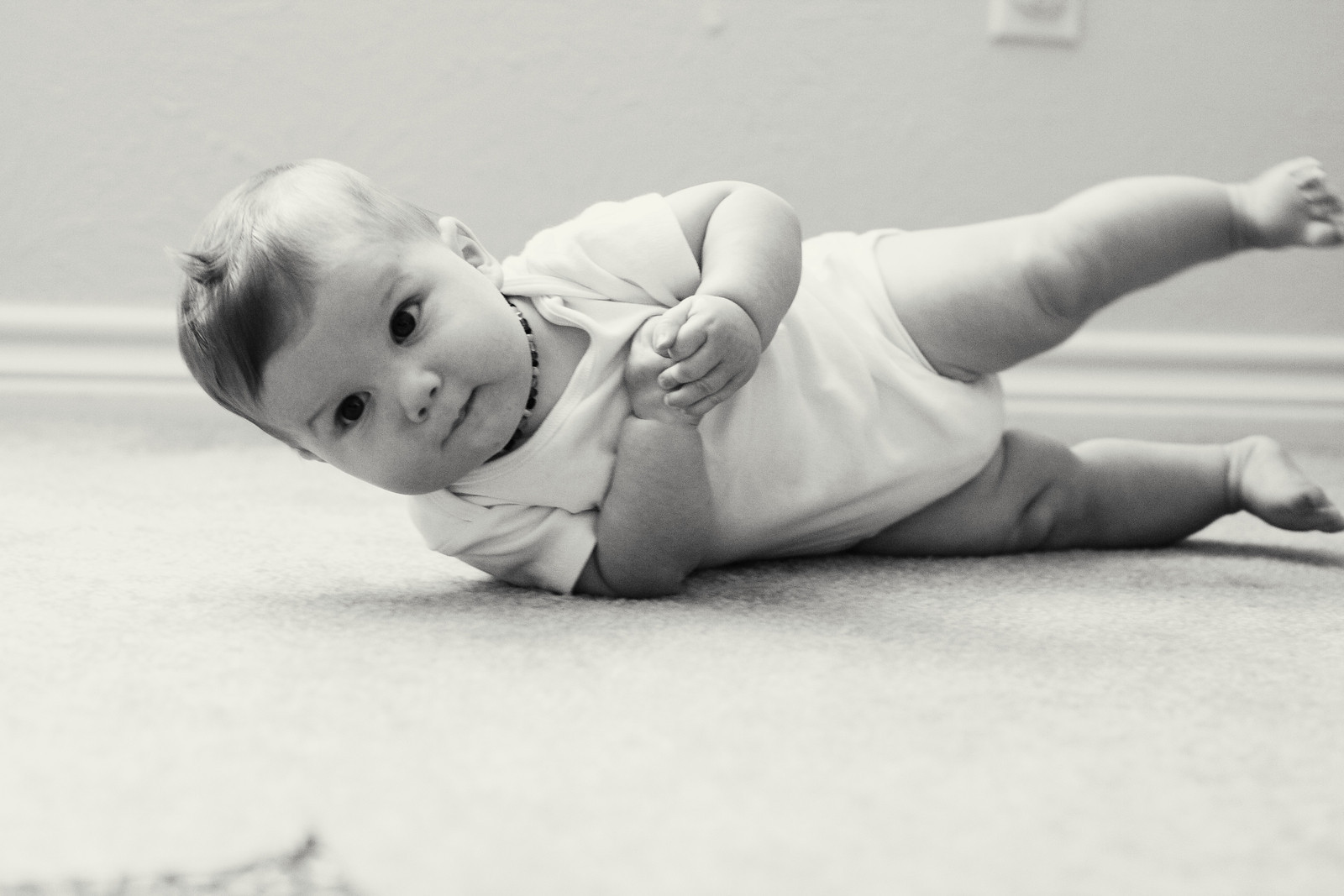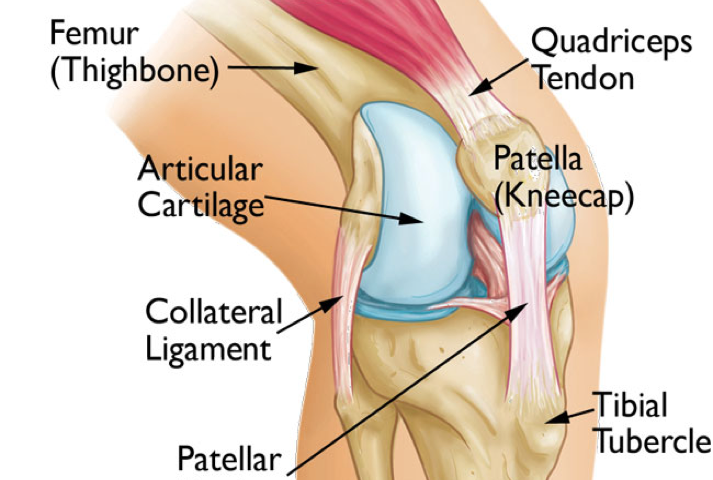
Cracking Back Pain
June 27, 2017
Neuromuscular Coordination
July 13, 2017Pain in the knee is a very common complaint amongst youngsters and adults nowadays. In the absence of an injury, knee pain can occur for various reasons :

Faulty posture:
Sitting for too long causes the quadriceps muscles and hip flexors to shorten, which increases the stress on patellar tendon and over time may restrict kneecap mobility. Sitting cross-legged or kneeling or knees tucked in underneath for prolonged time places a lot of compressive stress on soft tissues such as menisci, collateral ligaments.. etc.
Faulty technique:
Poor technique while training is very common and can be easily overlooked. This can place the knee under a lot of stress, causing wear and tear and eventually may lead to overuse injuries. Poor technique also causes compensatory movement patterns where some muscles and overworked and others are underworked. This dysfunction in movement patterns places the individual at risk for injury.
Weak/inactive musculature:
Vastus medialis oblique (VMO) is an essential muscle for knee function and stability. Weakness or inactivation in VMO causes instability on the inner side of the knee in which the knee tends to deviate inwards (Valgus) placing high stresses on inner knee structures (such as medial meniscus, ACL, MCL). This instability is heightened in the presence of weak or inactive glute muscles as they also play a role in hip and knee stability. This valgus motion is a dysfunctional movement pattern and puts individuals at risk for injury, especially in sports that require landing from a jump, pivoting, squatting, running, cycling and more. Hamstrings also play a role in knee stability as they reduce the load on ACL and restrict forward displacement of lower leg.
Overactive or stiff muscles:
Tightness in muscles can result from muscle imbalance, muscles overworked, or muscles used incorrectly. Tightness in outer side of quadriceps (Vastus lateralis), in the presence of weak inner side muscle (VMO), places a lot of tension on the kneecap, therefore limiting its mobility. Moreover, this can cause a shift in the kneecap (commonly lateral or upward shift) in which the kneecap moves off track (patellar maltracking) and starts to rub against the thigh bone. As a result, pain and inflammation occurs (known as patellofemoral pain syndrome) as well as wear and tear over the long run.
Knee pain for such reasons usually develops over time and is considered chronic. Therefore, it is important to manage knee pain as early as possible to prevent it from worsening over time. Knee pain can also result for other reasons that are more acute or traumatic in nature such as ligament sprain or rupture, muscle strain or tear, patellar dislocation or fractures and many more. Injury prevention is just as important as management to ensure healthy knees, safe training, and appropriate level of activity, which will ultimately help reduce risk factors and prevent injury. When adopting injury prevention strategies, several comprehensive tests are carried out to assess joint mobility and stability, neuromuscular control, walking and running mechanics and sports-related tasks.
Management of knee pain will usually include:
- Pain management through manual therapy (deep tissue massage, myofascial release, soft tissue and joint mobilization), Graston techniques, dry needling, and taping.
- Postural correction and corrective exercises to correct asymmetry or dysfunction in movement patterns
- Strength and conditioning to ensure safe and appropriate level of training based on level of fitness, addressing muscle imbalance in the body
- Rehabilitation programs including stability and neuromuscular training
- Sport-specific training to improve skills and enhance quality of performance
If knee pain persists for more than two weeks or worsens over time, it is recommended to seek physical therapy or medical treatment as early management can lead to faster recovery and prevent future or further injuries, especially for athletes who are engaged in regular training or competitions
Nermine Farshoukh
Physiotherapist



1 Comment
I have some problem in my knees so I need this